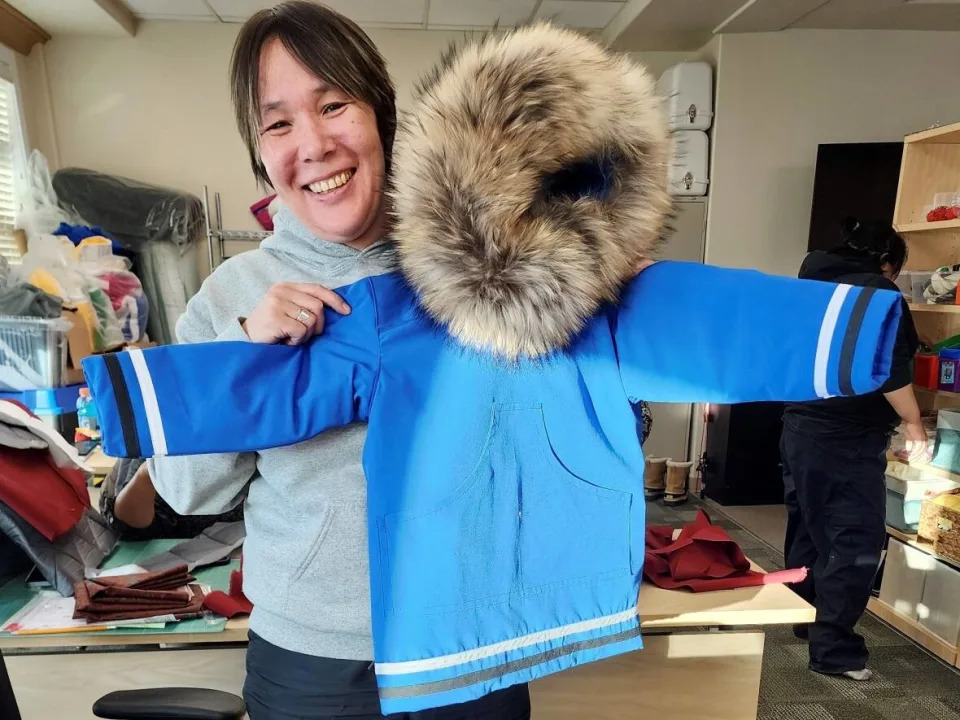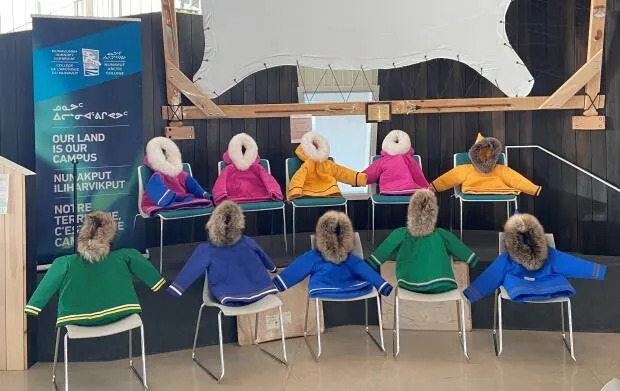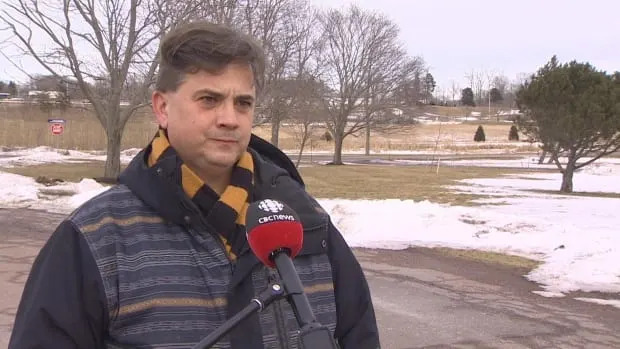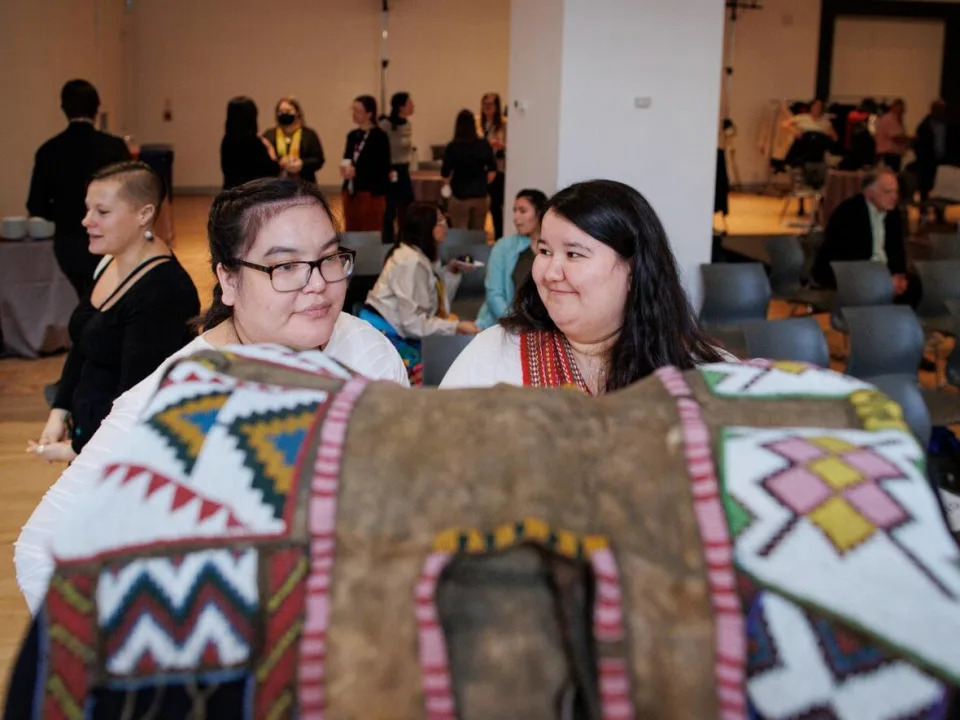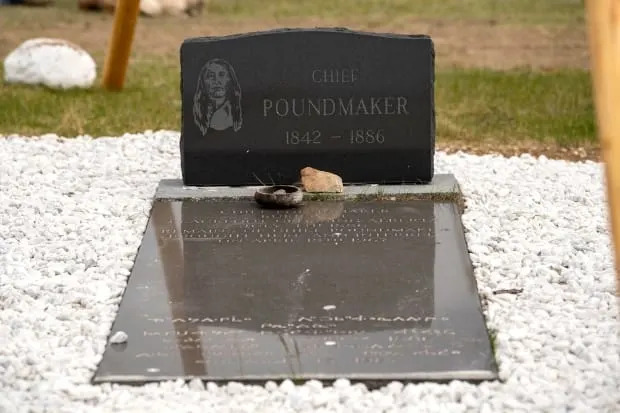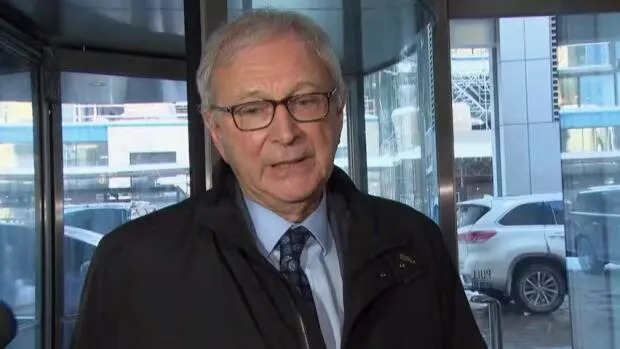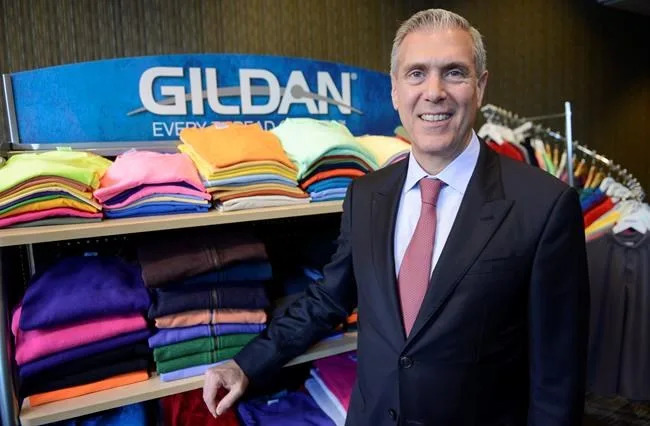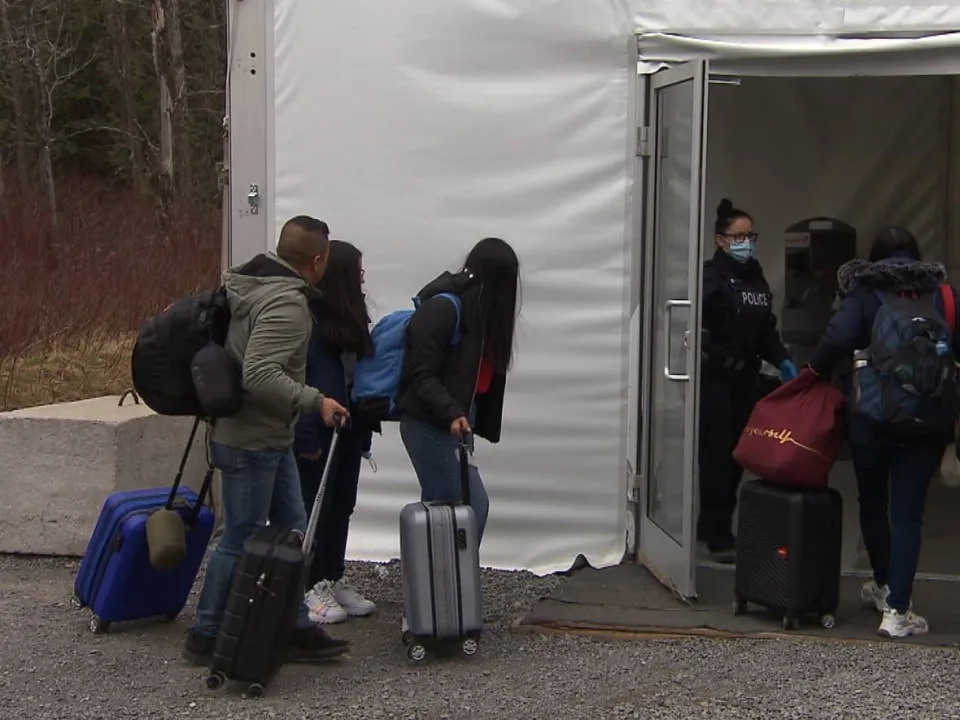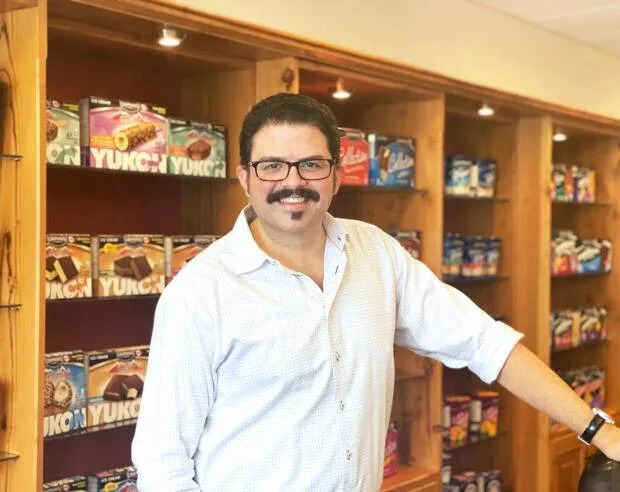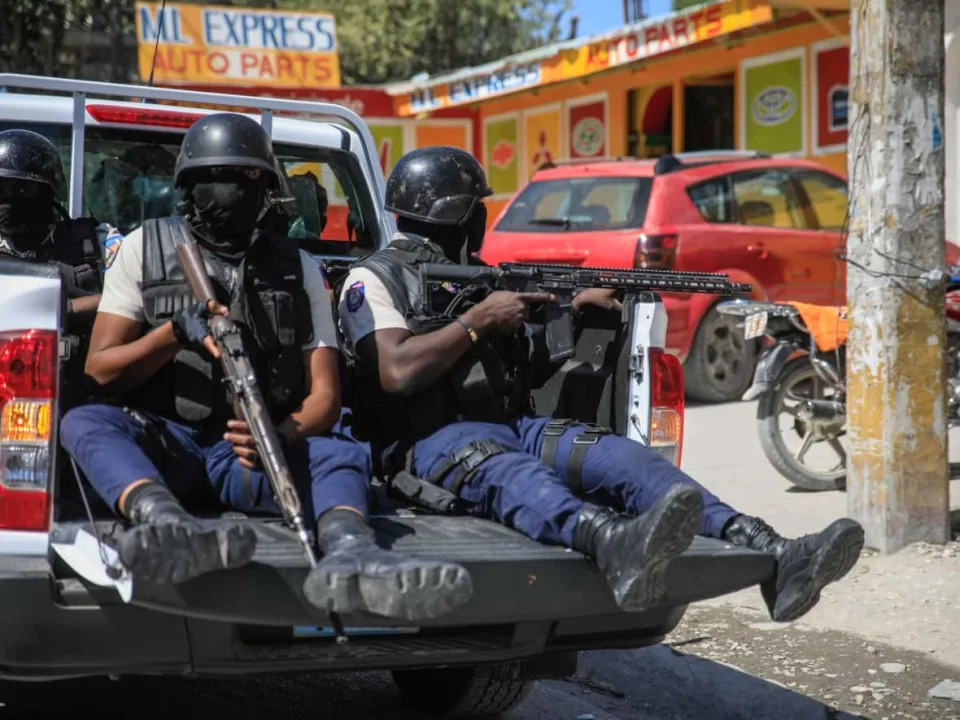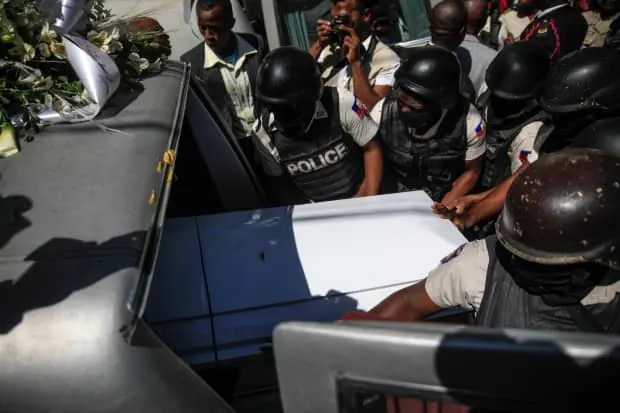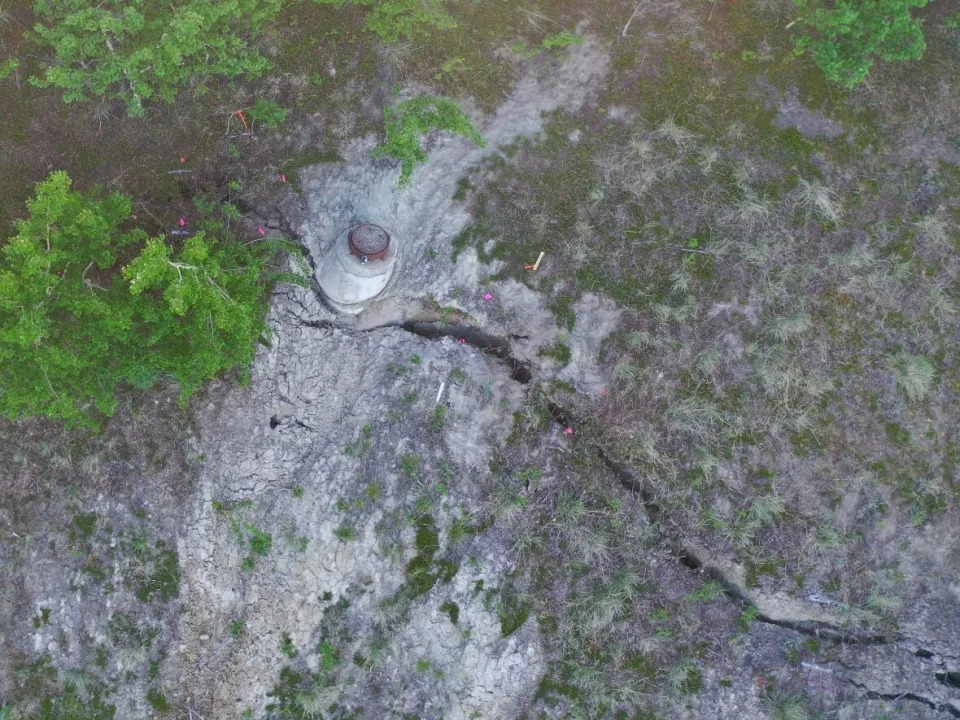NB
Use of private agency nurses at Vitalité spiked in 2022, documents reveal
Wed, February 22, 2023

The Dr. Georges-L.-Dumont University Hospital Centre's emergency department in Moncton is one of the places where Vitalité is using private agency nurses. (Patrick Lacelle/Radio-Canada - image credit)
Vitalité Health Network spent nearly $6 million last year to hire nurses from private agencies, according to documents obtained under the Right to Information Act.
That's 12 times more than Horizon Health Network spent on agency nurses.
Vitalité aims to end within two years the controversial practice that sees travelling nurses paid more than their permanent colleagues, according to Sharon Smyth-Okana, the senior vice-president of programs and nursing.
Right now, she said the use of private agencies is not only necessary but expected to increase in the coming months — for nurses, nursing assistants and orderlies.
"To be able to provide services to patients — safe services, we need more hands."
Hospitals in both health networks have faced closures, reduced hours and interruptions in services because of staffing shortages.
Horizon also anticipates an increase in the use of private agency nurses, but with an earlier target to end this fall.
Meanwhile the provincial government has also used agency nurses, documents obtained by the New Brunswick Nurses Union show.
From January to April 2022, the government paid $2.68 million to Canadian Health Labs. This money was used, among other things, to dispatch nurses to COVID-19 vaccination clinics.
Mostly for Moncton and Campbellton ERs
Vitalité paid $5,943,054 to three agencies between July and December 2022, to dispatch travelling nurses, the documents obtained by Radio-Canada Acadie show.
Almost all of this sum was used to send nurses to the Dr. Georges-L.-Dumont University Hospital Centre in Moncton, Zone 1, and at the Campbellton Regional Hospital, in Zone 5.
The nurses worked 20,098 hours, mainly in the emergency departments of the two hospitals as well as in the Moncton hemodialysis unit.

Evan Mitsui/CBC
The average cost per hour worked by a travelling nurse was $295. This includes nurses' salaries — $70 to $100 an hour, about twice as much as their permanent colleagues — as well as travel and administrative costs.
Horizon has also called on private agencies to support its teams at the Moncton Hospital and the Saint John Regional Hospital. It spent $475,786 between October and the end of December 2022.
Last resort
Vitalité sees the use of travelling nurses as a measure of last resort, according to Smyth-Okana.
The health network tried several other things first, she said. For example, hospitals are using more attendants and changes have been made to models of care.
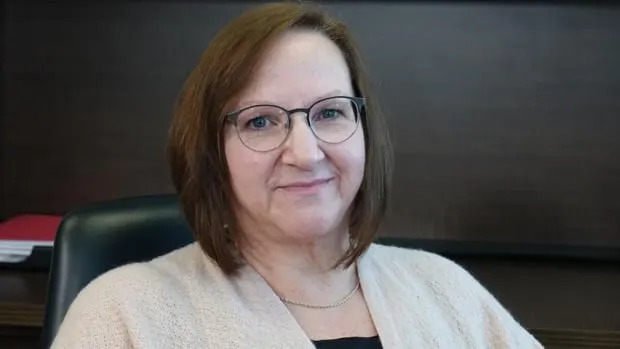
Pascal Raiche-Nogue/Radio-Canada
Without the agency nurses, however, Vitalité would have had to close certain units, she said. This includes the hemodialysis unit at the Dumont hospital, which is struggling with a "critical shortage" of personnel.
"Our staff did an incredible job, working overtime and trying to rearrange some things. But we can't keep pushing employees that way for long."
Comparisons difficult
Smyth-Okana suggested "a few factors" could explain the difference in spending between Vitalité and Horizon.
For example, emergency services and the shortage of nurses may not be exactly the same from one network to another, she said.
"So it's easy to compare us, but it might not be apples-to-apples. So sometimes you have to be careful."
It's also more difficult to recruit permanent nurses within Vitalité because there are fewer French-speaking nurses than English-speaking ones both in Canada and abroad, according to Smyth-Okana.
Temporary measure
Using private agencies is a temporary measure, she said.
"It is an intervention of last resort, which has a beginning and an end. It's not something you plan to continue for five, 10, or 15 years. It is not in our objectives at all.
"It's short-term to be able to restore our work atmosphere, to reduce the workload and so that the nurses want to stay in our communities."
Meanwhile, the network is tackling staff recruitment and retention issues, and has set itself the goal of no longer needing agencies by 2025, said Smyth-Okana.
"Our objective is really for the next two years, maximum."
Horizon Health Network says it recently decided to send agency nurses to more hospitals and units.
"The use of traveling nurses will continue through the spring and summer. The expected end date is September 1, 2023. A review, assessment and recommendations will then be made," according to the documents.
Move not supported by union
The trend of paying millions of dollars to private agencies is not welcomed by the New Brunswick Nurses Union.
The arrival of these health workers in hospitals often creates unease, according to first vice-president, Maria Richard.
"The members tell us that they understand why these nurses come, but they find it a lack of respect," she said.
What bothers some nurses, she said, is that their agency colleagues are much better paid and need more coaching.
"In everyday work, they have to be trained and supported more because they are not there [permanently] and they are not used to doing this work," said Richard.

Patrick Lacelle/Radio-Canada
Like Smyth-Okana, she regularly speaks to nurses who testify to the effects of the staffing shortage and who ask for reinforcements.
"It is reality. And if private agency nurses allow our nurses to do less overtime, that's not bad. But the rest of us certainly don't see that as a solution."
Richard would like the health networks and the government focus more on recruitment, retention and the improvement of working conditions.
